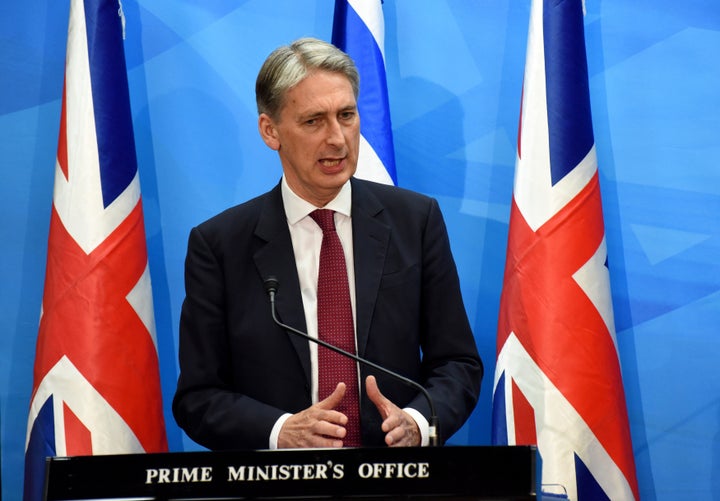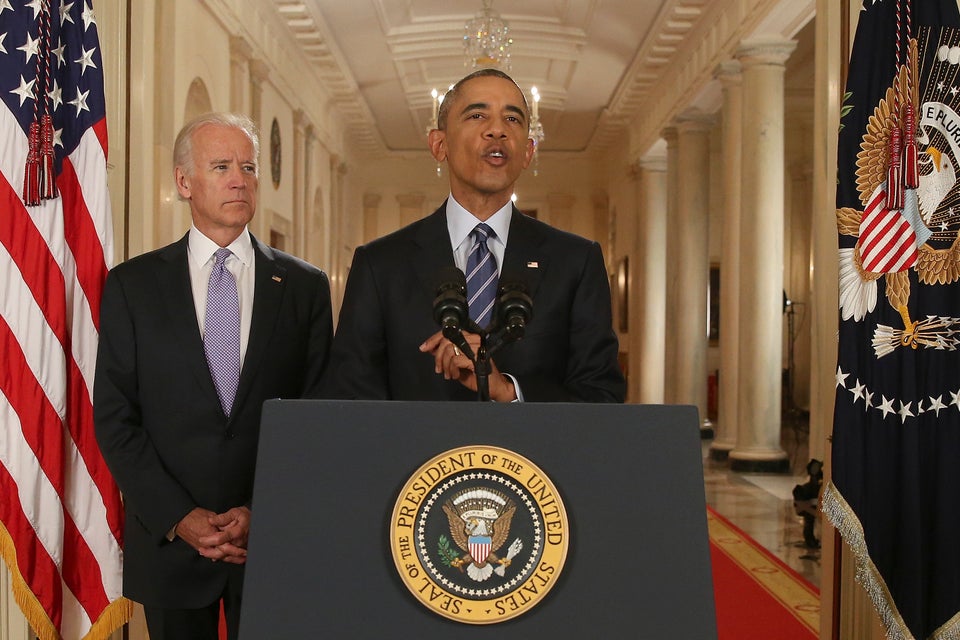London, Aug. 20 (Reuters) -- Britain will reopen its embassy in Iran this weekend nearly four years after protesters ransacked the elegant ambassadorial residence and burned the British flag.
The move marks a thawing of ties with Iran since it reached a nuclear deal with the United States, China, Russia, Germany, France and Britain.
"The foreign secretary (Philip Hammond) will travel to Iran to reopen our embassy there," a British diplomatic source told Reuters on Thursday.
After more than a decade of casting the Islamic Republic as a rogue power seeking to sow turmoil through the Middle East, Britain has sought to improve ties with Iran, whose natural gas reserves are larger even than Russia's.
Hammond will travel to Iran this weekend for the formal opening of the embassy on Sunday. He will take a small group of business leaders, including representatives from Royal Dutch Shell and other companies, with him on the trip, according to the source.
The British minister will have meetings with Iranian President Hassan Rouhani, Ali Akbar Velayati, who is a senior adviser to Iranian Supreme Leader Ayatollah Ali Khamenei, and with Foreign Minister Mohammad Javad Zarif.
With the business delegation, Hammond will meet the Iranian ministers of industries and business, petroleum and transport.

British Foreign Secretary Philip Hammond speaks in favor of the Iran nuclear deal at a press conference at the Israeli prime minister's office in Jerusalem, Israel, on July 16, 2015.
EMBASSY RANSACKED
Until a new ambassador is announced, the embassy will be led by Ajay Sharma, until now the non-resident chargé d'affaires.
Iranian protesters stormed two British diplomatic compounds in Tehran in November 2011, smashing windows, torching a car and burning the British flag in protest against sanctions imposed by London.
There had been regular protests outside the British embassy over the years since the 1979 Islamic revolution that toppled the U.S.-backed shah, but none were as violent as the 2011 storming.
Prime Minister David Cameron called the attacks "outrageous and indefensible" at the time and scolded the Iranian government for failing to defend British staff and protect the imposing building.
Protesters smashed the stone lion and unicorn on the embassy gates at the ambassadorial residence, where in 1943 a dinner was held for Winston Churchill, Joseph Stalin and Franklin D. Roosevelt -- the first meeting between the leaders of Britain, Russia and the United States to discuss their strategy for winning World War Two.
Protesters looted the embassy and smashed some treasures. A portrait of Queen Victoria was torn in two, the head was cut out of a portrait of Edward VII and a picture of Queen Elizabeth was stolen.
Britain responded by shutting Iran's embassy in London and expelling its diplomats.
(Reporting by Guy Faulconbridge; Editing by Giles Elgood)
Related on HuffPost:

